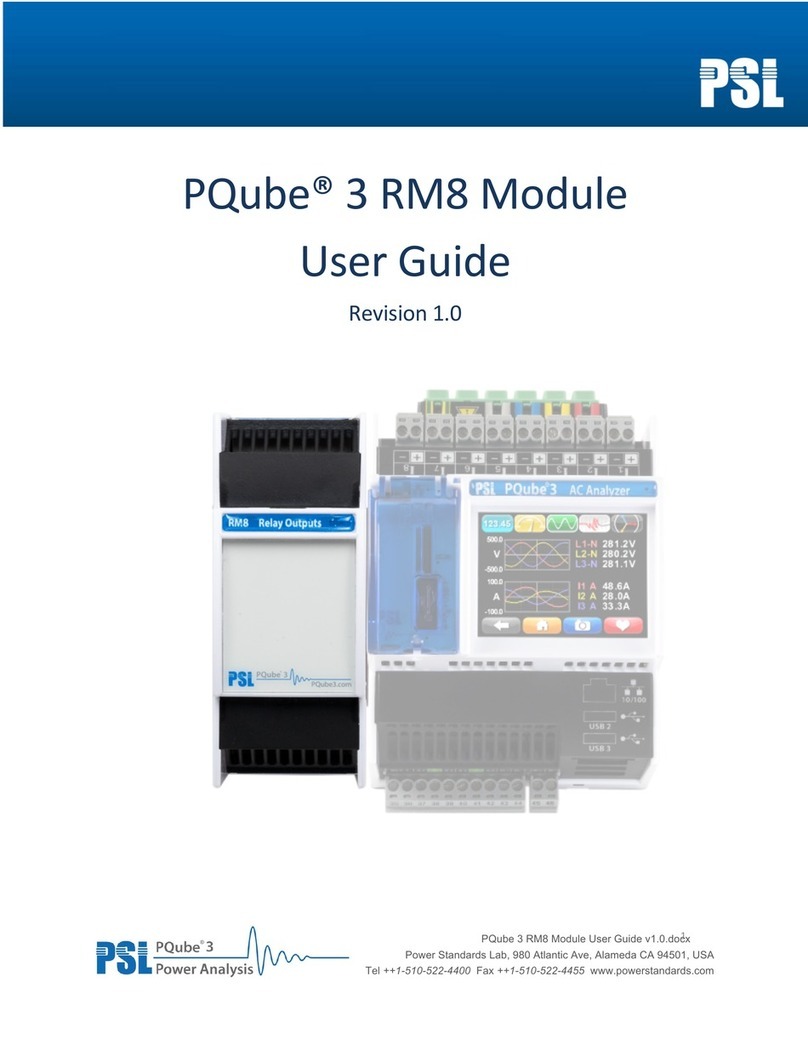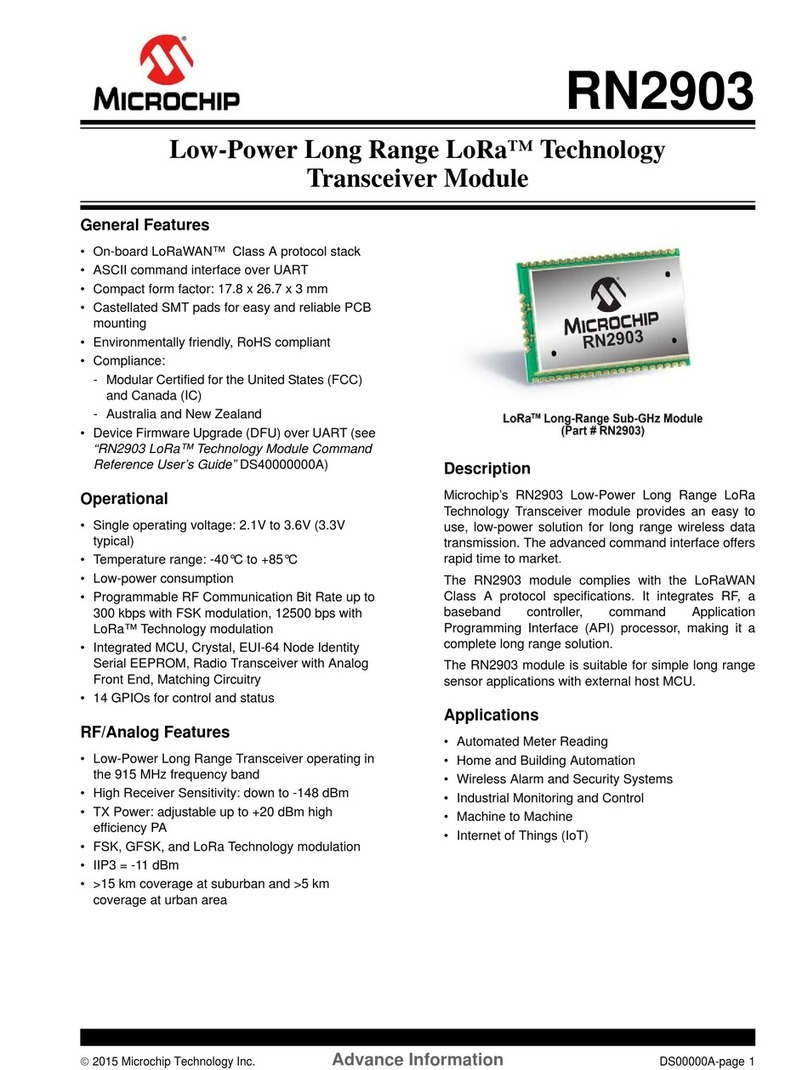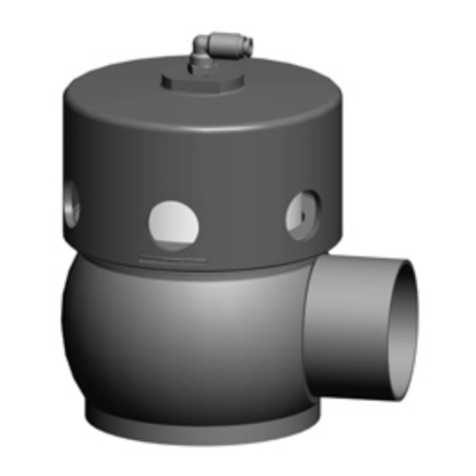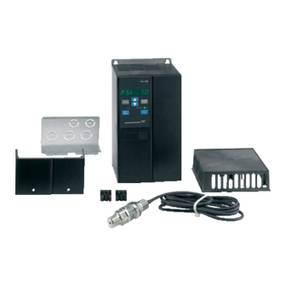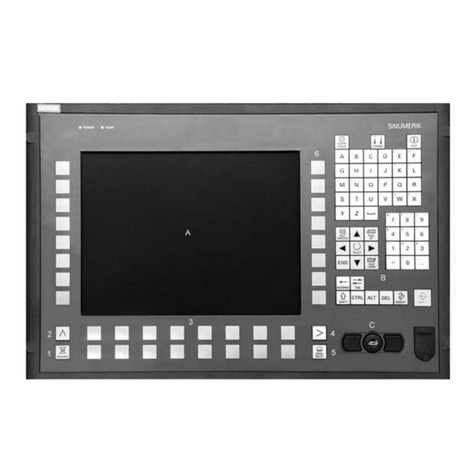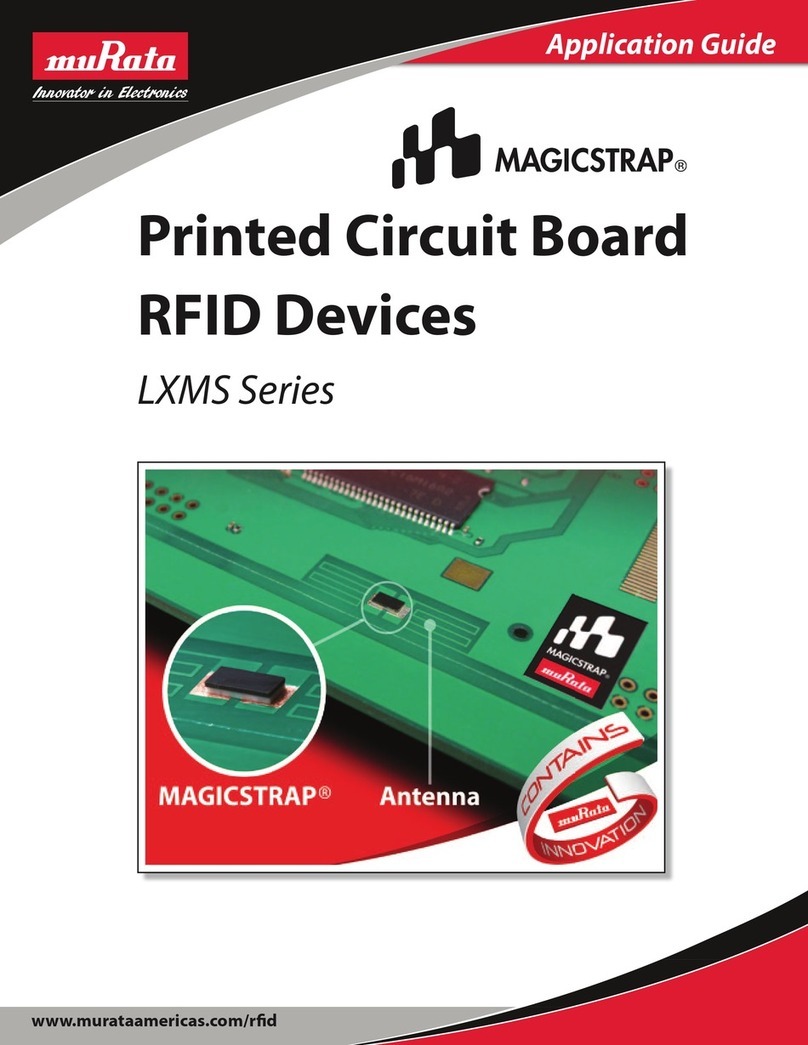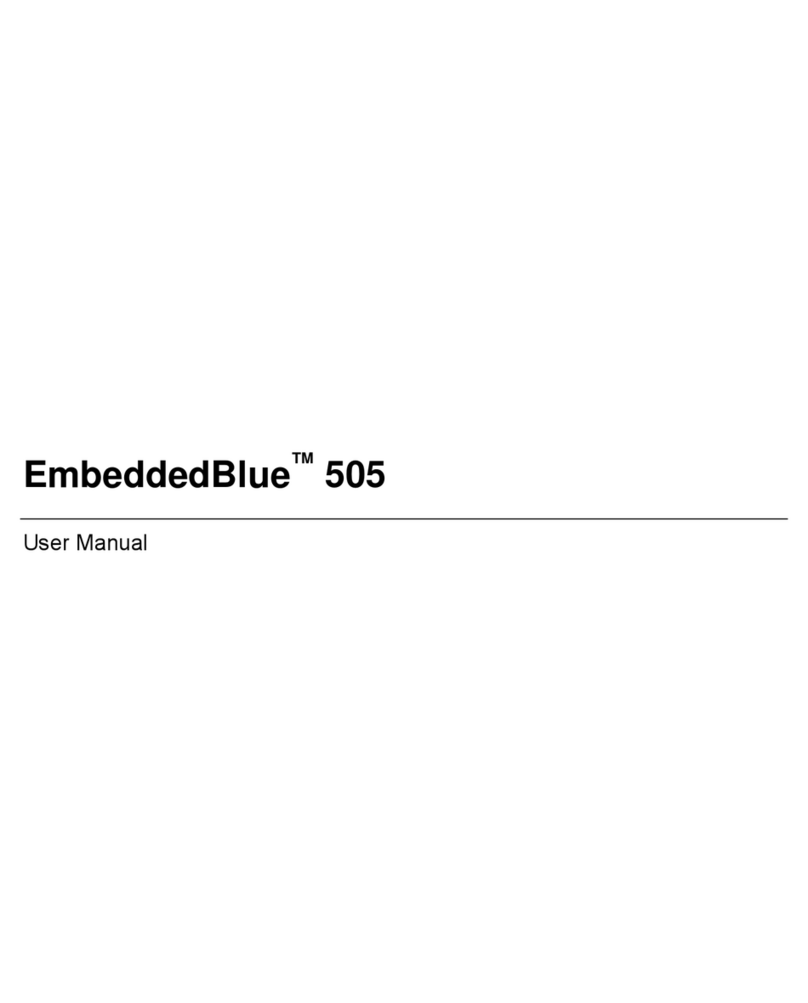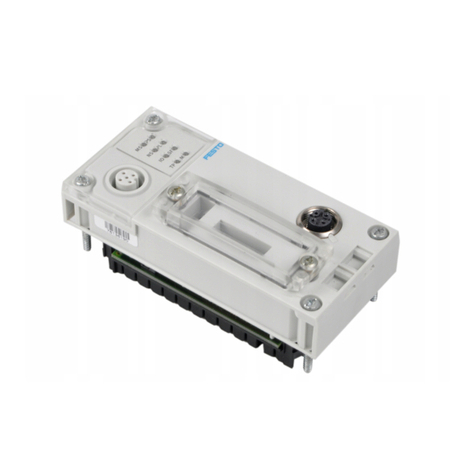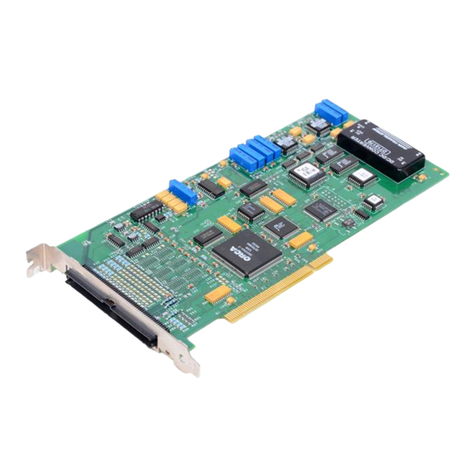PSL ATT2 User manual

ATT2 Installation Guide (Rev 1.0)
Power Standards Lab. 980 Atlantic Ave, Alameda CA 94501, USA
Tel ++1-510-522-4400 Fax ++1-510-522-4455 www.PowerStandards.com
ATT2 module
Installation Guide for PQube® 3

Page 2 of 10 ATT 2 Module Installation guide (Rev 1.0)
Table of Contents
Table of Contents 2
What is the ATT2 Module? 3
PQube® 3 add-on module for high voltage DC monitoring 3
Hardware requirements: 4
How to install your ATT2 module 5
Disconnect mains prior to servicing 5
Install PM2 Power Supply module 5
Apply 24VDC from PM2 module to to ATT2 5
Connect the ATT2 to the Analog inputs of your PQube® 3 6
Connect the cable to the 6-pin header on the ATT2 module 6
Install the hall-effect sensor 6
Connect the ATT2 to the hall-effect sensor 7
Connect the high voltage DC inputs 7
Connect instrument power to the PM2 Power Supply module 8
Configuring your PQube® 3 for use with the ATT2 module 9
Use the PQube3 Configuration editor to declare your ATT2 module 9

Page 3 of 10 ATT 2 Module Installation guide (Rev 1.0)
What is the ATT2 Module?
PQube® 3 add-on module for high voltage DC monitoring
The ATT2 module is an optional add-on to your PQube® 3. This module allows you to measure and
record one DC voltage, one DC current, and DC power for your high voltage DC application.
You need to use an ATT2 module if the DC voltage level exceed the PQube3 analog input rating
(Analog channel max range is 100 VDC).
A typical use of the ATT2 module is for PV (Photovoltaic) generation, UPS battery bank monitoring,
VFD DC bus monitoring and more…
This module utilizes 2 Analog input channels on your PQube® 3. It is powered from 24VDC, which is
supplied by the PM2 Power Supply module.
The ATT2 module comes in two versions: 600V and 1200V full scale. Two banana jacks are used for
the high voltage measurements, and a hall-effect sensor is used for measuring current.
For best results, the current sensor is factory-calibrated together with your ATT2 module. We
recommend to purchase ATT2 and its current sensor within the same order.
Note: The ATT2 module can also be used to monitor AC power

Page 4 of 10 ATT 2 Module Installation guide (Rev 1.0)
Hardware requirements:
To operate with an ATT2 module you will need:
➢one PQube3, PQube3 e, or PQube 3v
➢one PM2 power manager module
➢one ATT2 module
➢a set of cables (connection of the ATT2 to power module, and connection to the current sensor,
and connection to the DC voltage leads)
1
6-pin header to 4-pin/5-pin header cable
connection of the ATT2 to power
module and connection to the DC
current sensor
2
A pair of red & black shrouded banana
jack
connection to the DC voltage leads
➢a (Hall effect) DC current sensor
ATT2 Voltage and Current
Module
Hall Effect Current Sensor
(not included in the ATT2)
Set of cables
(comes with ATT2)

Page 5 of 10 ATT 2 Module Installation guide (Rev 1.0)
How to install your ATT2 module
Disconnect mains prior to servicing
IMPORTANT: Your PQube 3 must be installed only by qualified personnel for electrical installations.
Always disconnect all mains connections, and verify disconnections, prior to servicing.
In the United States and Canada, the equipment installation shall meet ANSI/NFPA 70, NEC, with CSA C22.1, CEC, Part I or
with both as appropriate. In other countries, follow all local installation requirements and regulations.
Install PM2 Power Supply module
Attach PM2 to the right side of your PQube® 3, ensuring that the connector fits snugly.
Apply 24VDC from PM2 module to to ATT2
Locate the cable with the 6-pin header. On the end opposite of the header, locate the red and black
wires with ferrule tips. Connect the red wire to the POSITIVE 24V DC OUT on the PS2 module.
Connect the black wire to the NEGATIVE 24V DC OUT on the PS2 module.

Page 6 of 10 ATT 2 Module Installation guide (Rev 1.0)
Connect the ATT2 to the Analog inputs of your PQube® 3
On the same cable, connect the orange wire to A1, white wire to A2, and green/yellow wire to
GROUND.
The example shows a connection to PQube3 terminals AN1 -GND -AN2, but AN3-GND-AN4 can also
be used the same way.
Connect the cable to the 6-pin header on the ATT2 module
To PM2
To PM2
To PM2
To PM2
To PQube 3
To PQube 3

Page 7 of 10 ATT 2 Module Installation guide (Rev 1.0)
Install the hall-effect sensor
Connect the ATT2 to the hall-effect sensor
Connect the 5-pin cable to its corresponding header on the ATT2 module. Connect the other end of
the cable to the white 4-pin header on the hall-effect sensor.
Connect the high voltage DC inputs
Direction of current
-
+
Clamp the hall-effect sensor around either
the positive (+) or negative (-) DC line. Ensure that
the current in the line flows in the direction of the
arrow on the label Direction of current
Connect the red shrouded banana jack cable to
slot 1 on the ATT2, and the other end to the
POSITIVE DC voltage source. Connect the black
shrouded banana jack cable to slot 2 on the ATT2,
and the other end to the NEGATIVE DC voltage
source.

Page 8 of 10 ATT 2 Module Installation guide (Rev 1.0)
Connect instrument power to the PM2 Power Supply module
100-240 VAC source
Connect the 100-240 VAC power source to the AC
IN terminals on the PM2 module

Page 9 of 10 ATT 2 Module Installation guide (Rev 1.0)
Configuring your PQube® 3 for use
with the ATT2 module
Use the PQube3 Configuration editor to declare your ATT2 module
Note1: the example below shows how to configure an ATT2 connected to AN1-AN2 analog channels.
It is possible to do the same configuration with AN3-AN4 channels.
Note2: if your configure your PQube3 to measure DC voltage and current , without any signal into the Voltage
AC terminals, then make sure you select power configuration to “Fixed sampling (No mains)”in the AC voltage
section.
Enable and Select ATT2 model
Select DC sensor model

Page 10 of 10 ATT 2 Module Installation guide (Rev 1.0)
Congratulations! Your PQube® 3 is now configured to measure high voltage DC voltage and current
with the ATT2 module.
Create a name and use
unit ‘V’ for DC voltage
Create a name and use unit
‘A’ for DC current
Enable this mode if you
want to measure DC
power and energy
Turn recording of the DC voltage
and current ON
Optionally, turn
recording DC power ON
Table of contents
Other PSL Control Unit manuals
Popular Control Unit manuals by other brands
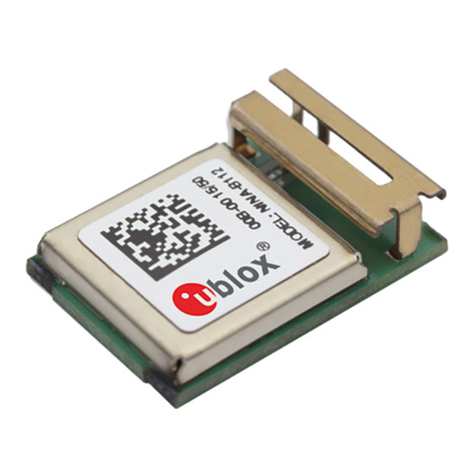
Ublox
Ublox NINA-B112 System integration manual
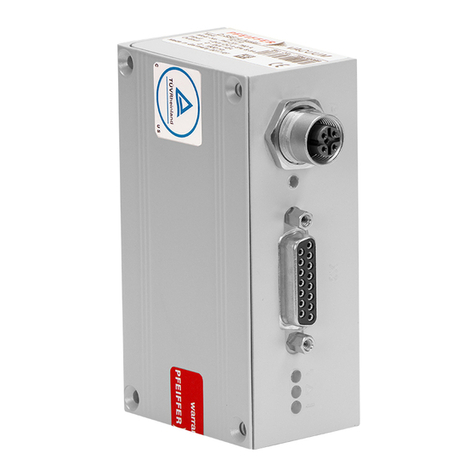
Pfeiffer
Pfeiffer TC 110 operating instructions
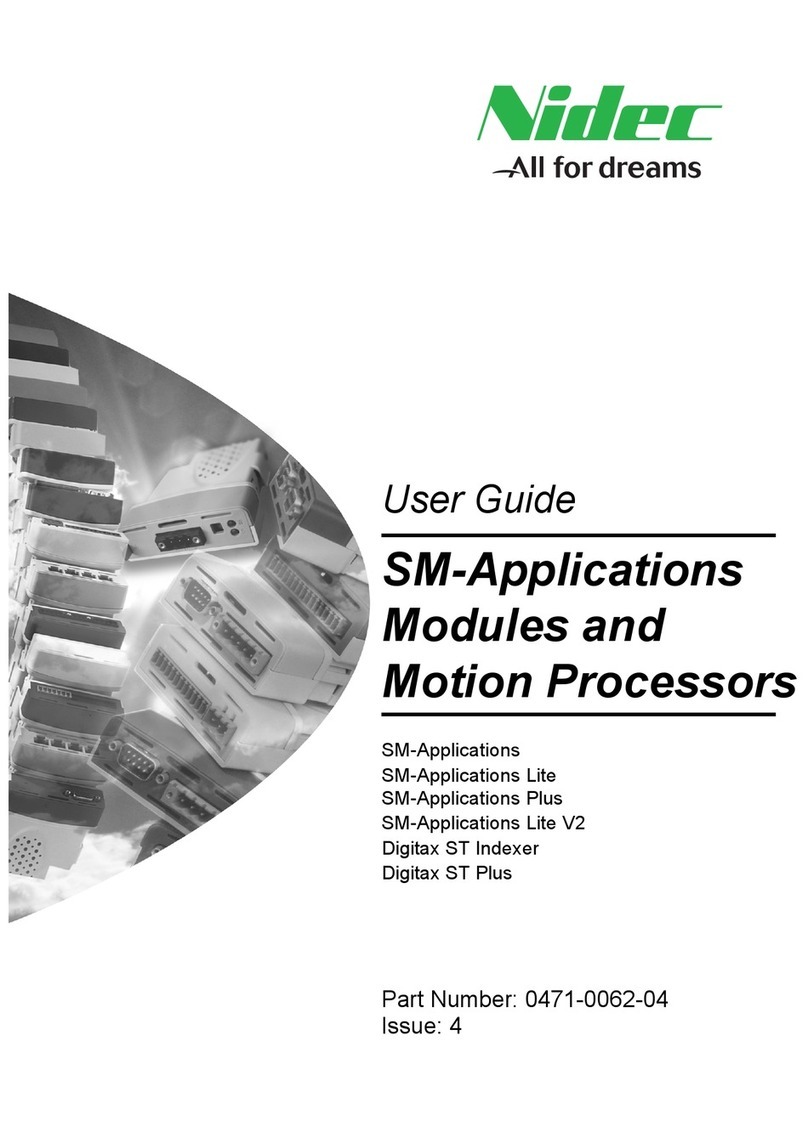
Nidec
Nidec SM-Applications Series user guide
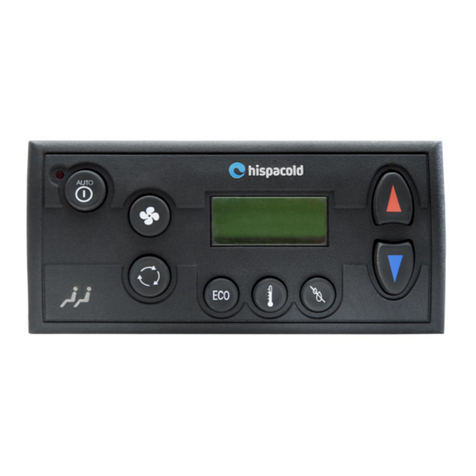
Hispacold
Hispacold Ecomaster Clima MH-012 user manual
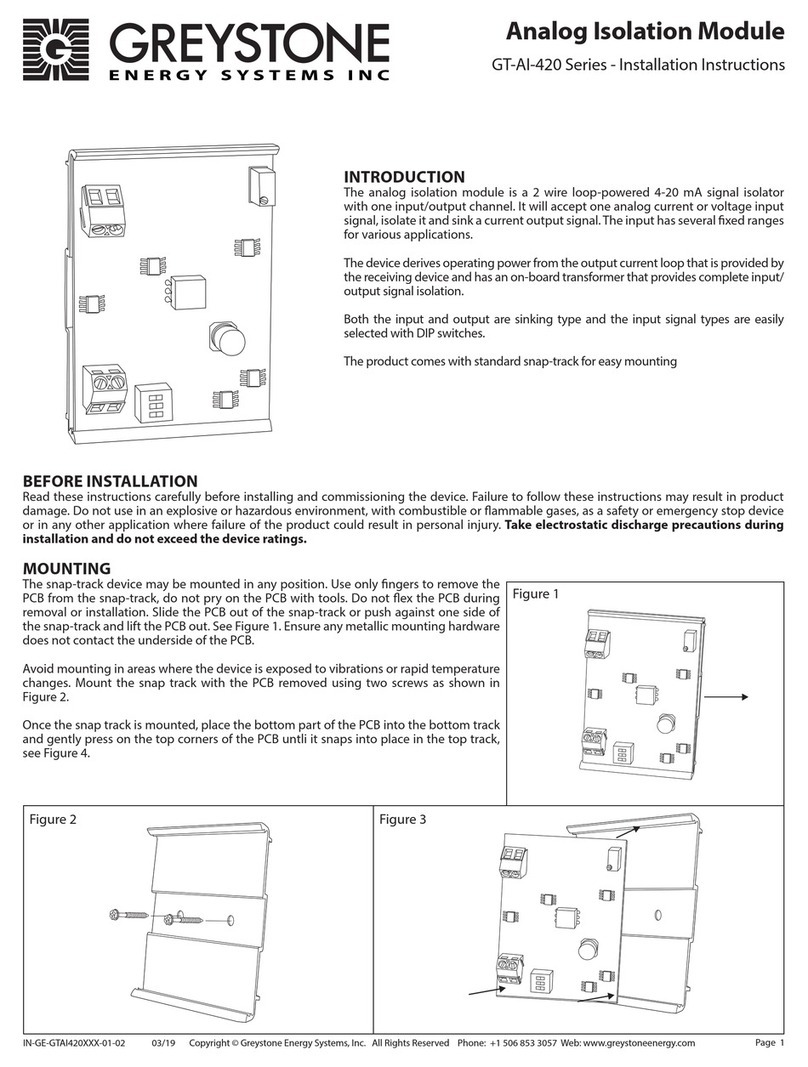
Greystone Energy Systems
Greystone Energy Systems GT-AI-420 Series installation instructions
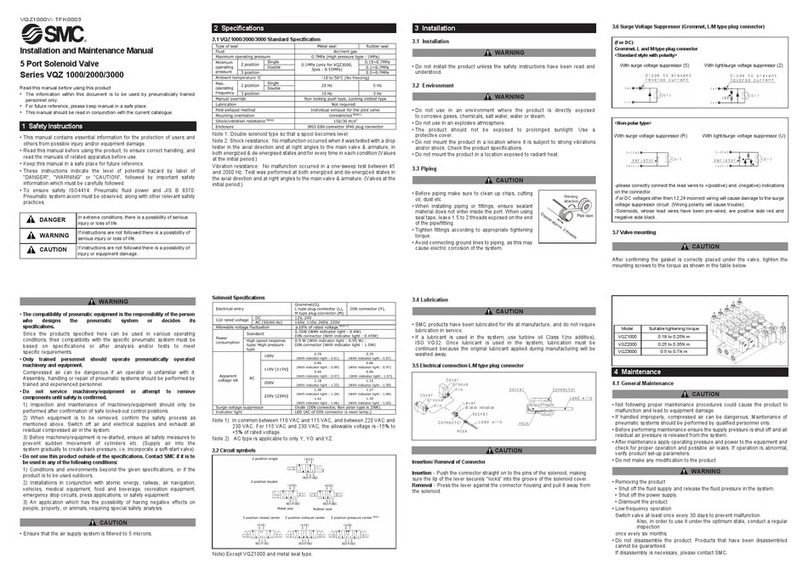
SMC Networks
SMC Networks VQZ 1000 Installation and maintenance manual
